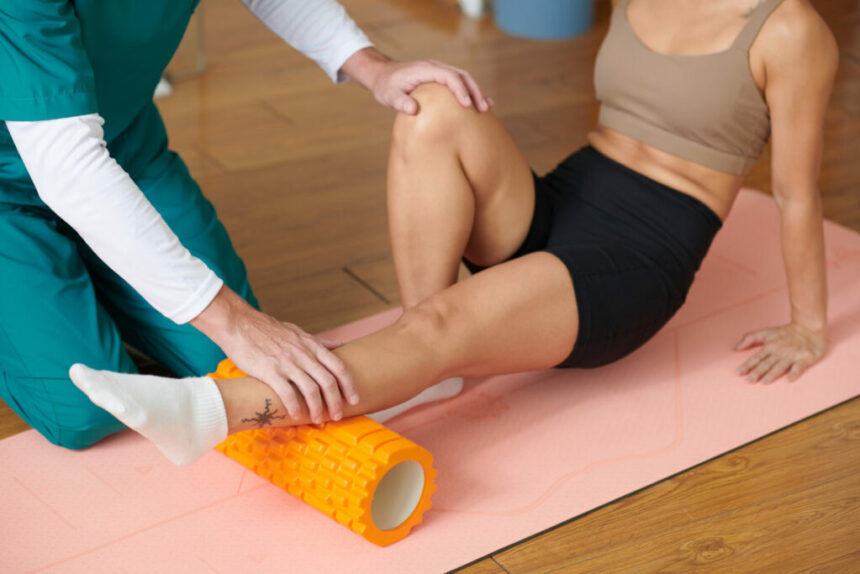Sciatica, a condition characterized by pain radiating from the lower back down through the legs, can significantly impact daily life. While consulting a healthcare professional for an accurate diagnosis and treatment plan is beneficial, there are several pain management approaches you can explore to help alleviate sciatica pain. These techniques range from physical therapy and exercises to home-based remedies and complementary therapies.
Physical Therapy & Exercise
Physical therapy and regular exercise can play a role in sciatica pain management. These approaches focus on strengthening muscles, improving flexibility, and supporting spinal health to reduce pressure on the sciatic nerve.
- Targeted Stretching: Stretching helps improve flexibility and reduce muscle tightness that may aggravate nerve compression. Stretches include the piriformis stretch, hamstring stretch, and lumbar spine extension stretches. These target areas, including the lower back, hips, and thighs, are used to ease tension and improve alignment.
- Strengthening Exercises: Building core muscle strength is critical for stabilizing the spine and preventing further nerve irritation. Exercises such as bridges, planks, and abdominal curls are often recommended for strengthening the core. These activities promote spinal support and reduce the likelihood of future pain episodes.
- Aerobic Activity: Low-impact aerobic exercises, such as walking, swimming, or cycling, can promote circulation and reduce inflammation around the sciatic nerve. These activities are also effective for maintaining overall physical fitness without placing unnecessary strain on the lower back.
Manual & Complementary Therapies
Manual and complementary therapies can help alleviate sciatica symptoms when used in conjunction with medical advice. Chiropractic care involves spinal adjustments to reduce pressure on the sciatic nerve. Massage therapy helps ease muscle tension and promotes relaxation, providing temporary relief from discomfort. Acupuncture stimulates specific points on the body to improve circulation and reduce pain. Other options, such as TENS devices or ultrasonic therapy, may also help decrease pain. Results vary, so consulting a qualified professional is beneficial before starting treatment.
Home-Based Therapies
Managing sciatica pain at home can be both practical and accessible. You may find relief through simple remedies or adjustments to your daily habits. Here are some strategies to try:
- Heat and Cold Therapy: Applying heat packs can relax muscles, while cold packs can reduce inflammation and numb sharp pain.
- Ergonomic Adjustments: Using supportive chairs and maintaining proper posture can help reduce pressure on your lower back.
- Stretching Routines: Regularly incorporating stretches into your day prevents stiffness and enhances mobility.
- Rest and Positioning: Short periods of rest in a reclining position with knees slightly elevated can decrease nerve pressure, but prolonged bed rest should be avoided.
- Anti-Inflammatory Approaches: Over-the-counter topical pain relievers or simple dietary changes, like adding more anti-inflammatory foods, may be beneficial.
These methods often help alleviate minor discomfort and support recovery alongside other therapies.
Explore Pain Management Techniques
Managing sciatica pain effectively often requires exploring various strategies to improve comfort and mobility. Physical therapy and targeted exercises can help strengthen muscles and enhance flexibility, while manual and complementary therapies offer focused pain relief. Simple home remedies, like stretching, ergonomic adjustments, and heat or cold therapy, can also provide additional support. Combining these approaches and tailoring them to your specific needs can lead to more effective and lasting relief. Always consult with a healthcare professional before starting any new treatment.









